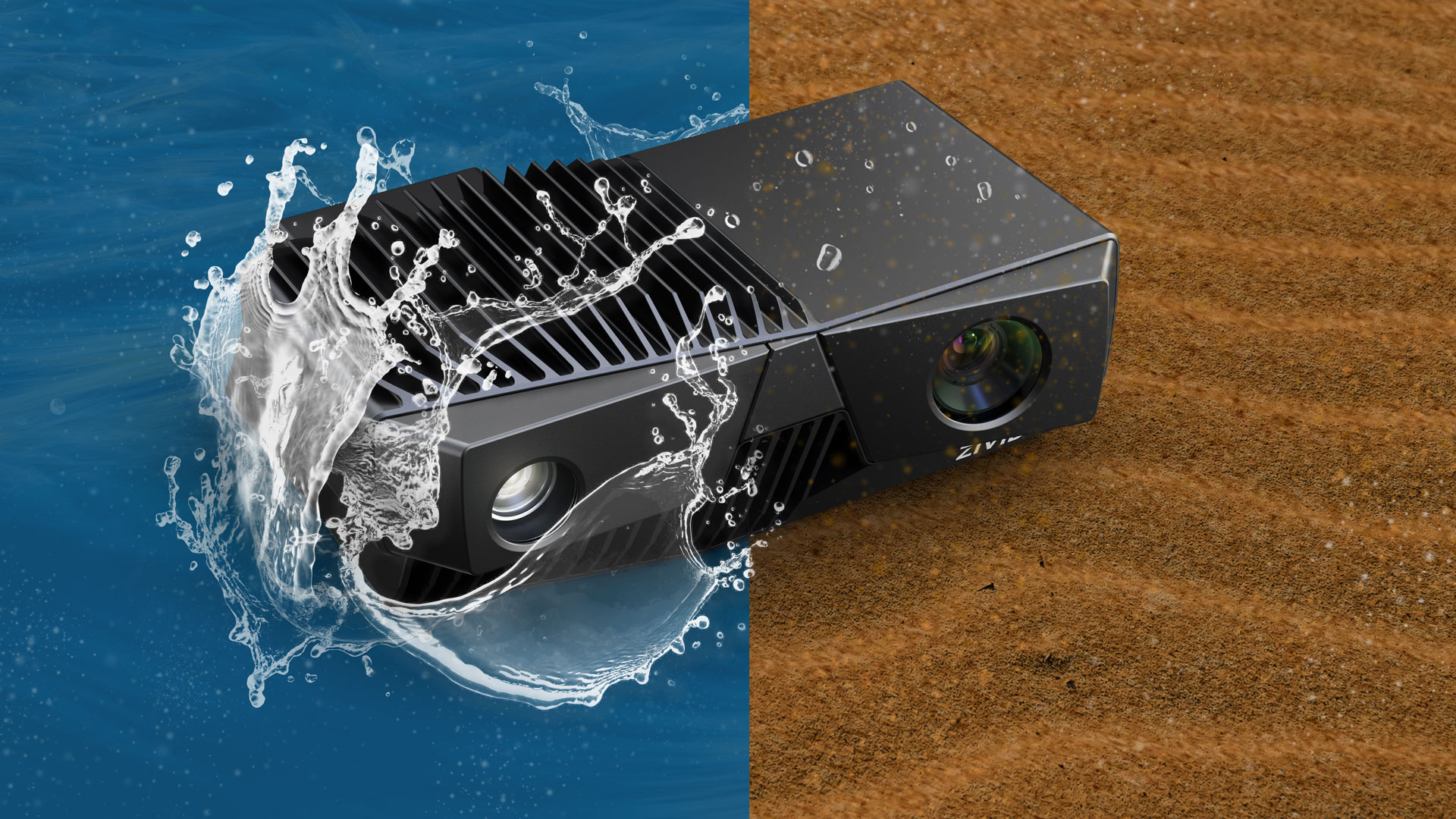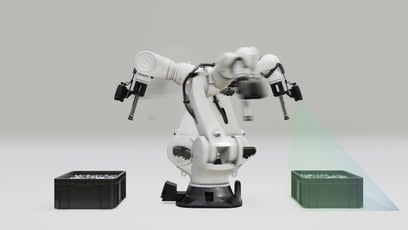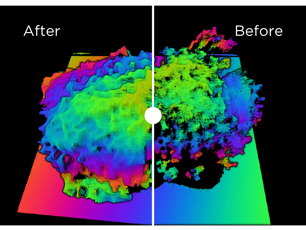
Robustness and reliability matter to all of us, whether we are suppliers, system integrators or customers. We want things to "just work" and not break should we happen to drop them accidentally. However, the "just work" mantra also depends on external conditions. With the right mix of temperature, humidity, dust and vibration, some of our things work well, some things work poorly, and some things get damaged.
For Zivid this is no different. Zivid creates groundbreaking 3D cameras for machine vision applications. Our cameras are highly optimized instruments, where the sensor provides micrometer depth measurements in production lines and robot systems. But this technology and hardware must also be able to withstand most of the potential beatings that industrial machines experience when operating in harsh industrial environments.
In the world of electronics and electronic casings and housing, a rating system makes it much easier to assess under what conditions your component should be able to do its job. One of these rating systems is known as Ingress Protection Marking or International Protection Rating (IEC standard 60529) and is referred to as IP rating for short. This IP rating is used to classify and rate the degree of protection against intrusion, dust, accidental contact and water.

The rating numbers go from 0 to 9, where a '0' or 'X' means that there is no protection from contact or ingress of objects. In the IP number scheme, the first digit tells us something about how much intrusion by solids the product can handle. Solids can be anything from your elbow or finger to dust. The second digit tells some thing about how much water the product can tolerate, from light rainfall to being immersed in water.
For solid particle protection, the breakdown of the rating looks something like this:

And for the liquid ingress protection a similar breakdown looks something like this:
Additional letters may be added after the two digits, such as "f" which means that the product is resistant to oil.
As a rule of thumb for industrial applications, you should check that whatever component you consider including in your solution is rated at least IP65. IP65 means that the product is sealed from dust and can handle being hosed down with water.
It is also important that the product is robust and can withstand vibrations and accidental collisions. The IEC 60068-2-27 standard has been designed to reveal weaknesses, degradation in performance, accumulated damage or accumulated degradation to a product caused by shocks. The test describes specific shock pulses that will then be applied to the product without it taking damage. The shocks and vibrations should be applied to every primary axis of the product (up, down, right, left and so on) and while it is operational.
Products that skimp on mechanical quality adds a risk of unnecessary service and callbacks, which is costly in terms of downtime, resources and reputation. The added cost of repairing or replacing a part isn’t necessarily limited to just maintenance resources and material cost of that specific job. There may have been invested considerable amounts of time investigating and identifying the issue. These are budgeting items that can often be overlooked or underrated in early phases of a project and may turn out to be anything from troublesome to devastating in the long run.
A key goal of any sensor is to provide good and meaningful data. Machine vision needs good image data, and the Zivid One camera provides that. In addition, the Zivid One has the robustness and reliability required for automated systems with its IP65 rating and IEC 60068-2-6 and 60068-2-27 specifications. Furthermore, it is factory calibrated for temperatures between 10 to 40°C, has built-in self-test functionality, diagnostic capabilities and follows EMC and safety regulations (CE, CB, FCC). This is what Zivid calls "Factory Floor Ready".

We want simpler solutions, and we want to reduce or eliminate second order issues up front. It is possible to go a long way by using products that are designed to take care of these things so that you can focus on what matters. And, if you need machine vision to succeed with industrial automation, Zivid One is the no-compromise 3D solution.
These Stories on Machine vision science



Zivid brings
Gjerdrums
N-0484, Oslo
Norway
No Comments Yet
Let us know what you think